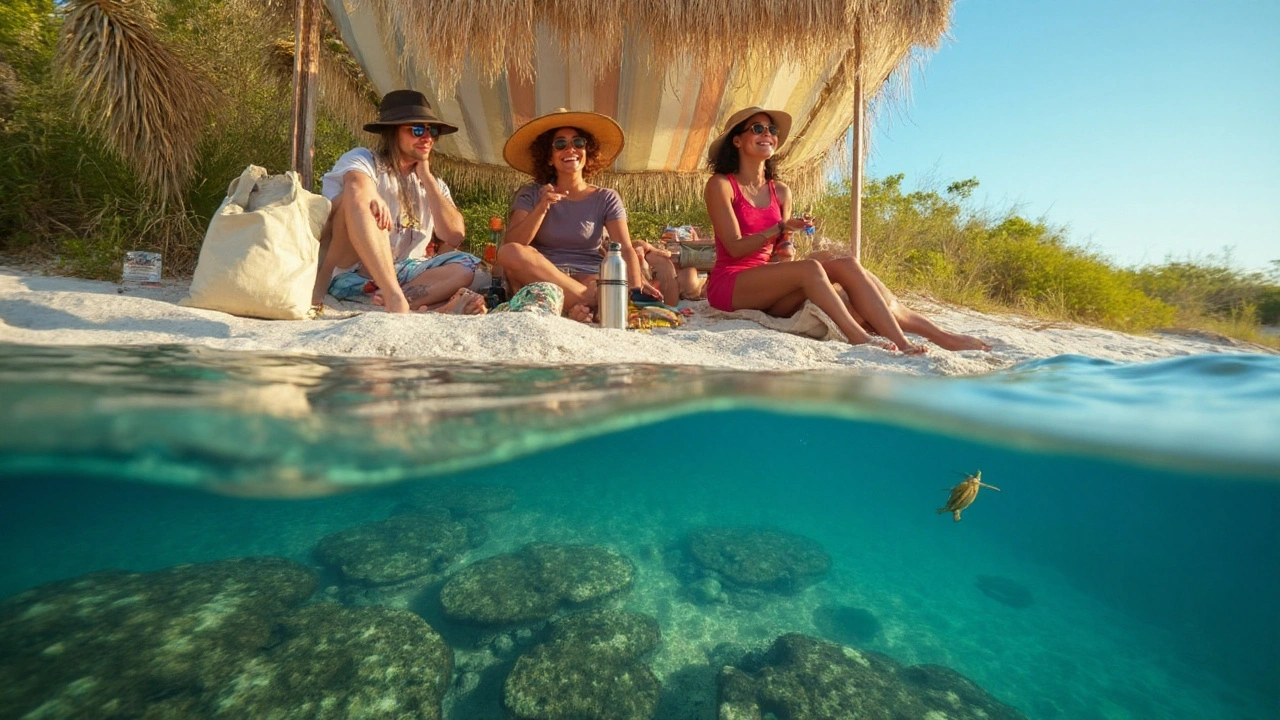UV Index and Climate Change: What You Need to Know
Ever checked the UV index on your phone and wondered why it sometimes spikes even on a cloudy day? Climate change is pulling the strings behind those numbers. As the planet warms, the atmosphere’s ability to filter harmful UV rays shifts, and that directly affects how much sun hits our skin.
Why Climate Change Tweaks the UV Index
Two main things drive the link between climate change and UV levels. First, a warmer atmosphere holds more water vapor, which can scatter sunlight differently and sometimes boost UV intensity at the surface. Second, rising temperatures speed up the breakdown of ozone—a natural UV shield—especially in the higher latitudes where ozone holes have already formed.
When ozone thins, more UV‑B and UV‑A rays slip through, raising the UV index. Scientists have recorded modest but steady increases in UV readings over the past few decades, and most of that rise lines up with the patterns of global warming and ozone depletion.
What Higher UV Means for Your Health
Higher UV isn’t just a number on a screen; it translates into real‑world risks. More UV‑B means a stronger chance of sunburn, especially during peak hours. UV‑A, which penetrates deeper, can accelerate skin aging and increase the risk of certain cancers. People with fair skin, light eyes, or a history of skin issues need to be extra cautious.
But it’s not all doom. Understanding the trend lets you adjust your daily habits. For example, if the UV forecast shows an index of 8 or higher, wearing a broad‑brimmed hat, sunglasses, and sunscreen with at least SPF 30 becomes a simple, effective shield.
Another practical tip: check the UV index in the morning and plan outdoor activities for lower‑UV windows, typically before 10 am or after 4 pm. Even on cloudy days, UV can remain high because clouds block visible light more than UV rays.
Climate change also influences the timing of peak UV. In some regions, the summer season is stretching longer, so you might find high UV levels well into what used to be “shoulder” months. Adjust your sunscreen routine accordingly.
Lastly, protect the skin you can’t see—your lips. A lip balm with SPF prevents the often‑overlooked UV damage that can lead to cold sores or skin cancer on the lips.
Staying ahead of the changing UV landscape is just part of adapting to a warming world. By keeping an eye on the UV index, dressing smart, and using sunscreen, you can enjoy the outdoors without paying the hidden price of climate‑driven sun exposure.
Sunburn doesn’t just hurt skin-it harms reefs, air, and water. Learn science-backed ways to prevent burns while cutting waste, chemicals, and pollution.
Sep, 4 2025

